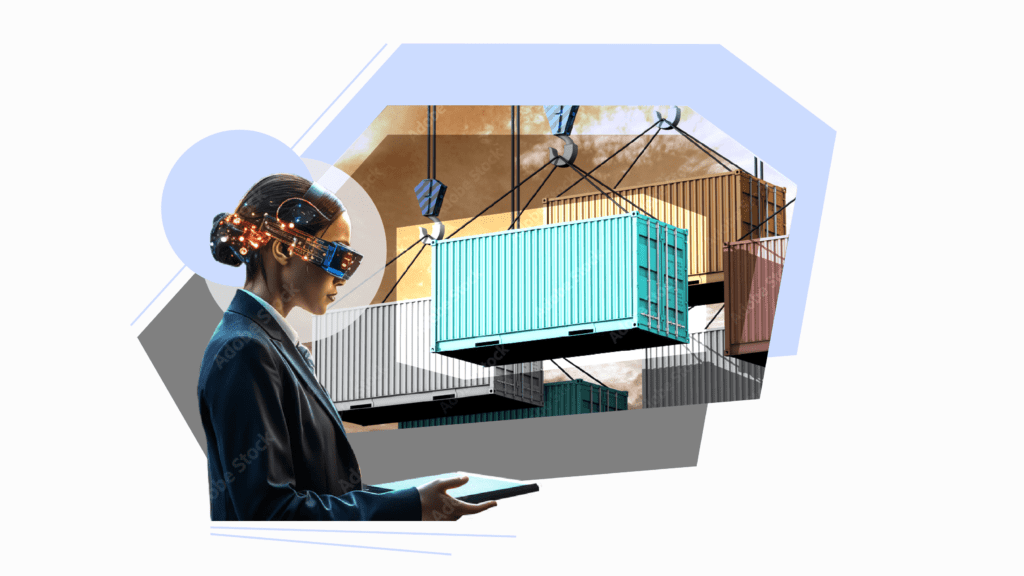You might experience yet another delay with the package you were anticipating. The ongoing Red Sea crisis, characterized by continuous assaults on commercial shipping, has had ripple effects on global supply chains, particularly since 30% of the world’s container traffic passes through the Suez Canal.
This situation exemplifies the frequent global supply chain disruptions faced today, which may arise from factors such as the COVID-19 pandemic, fluctuations in freight prices, deteriorating infrastructure, or drought conditions in the Panama Canal. Such cascading challenges have compelled businesses to reassess and seek more resilient and sustainable methods of material sourcing and shipping management.
In recent years, both businesses and logistics providers have faced significant upheavals due to supply chain disturbances. These issues have highlighted the inadequacies of outdated systems and methods employed by manufacturers, distributors, carriers, third-party logistics (3PLs), and shippers to oversee the $1 trillion global expenditure on supply chain and logistics services.
Fortunately, a new wave of supply chain startups is emerging to enhance supply chain efficiency, though a major challenge persists: the transfer of funds within the supply chain.
Many difficulties in supply chain finance stem from challenges in accessing, normalizing, and understanding data. Similar to trends seen in other vertical SaaS sectors, financial services tailored for specific industries generally arise after the initial uptake of SaaS platforms. We assert that the time is ripe for financial and payment layers to analyze data and enable the flow of money throughout the supply chain. In this roadmap, we detail the next wave of supply chain innovation, where fintech and AI converge, and highlight the opportunities we are most eager to explore.
Six Challenges with Supply Chain Transactions
The financial transactions linked to supply chains are intricate due to unique industry challenges:
- Diverse geographies lead to varying financial systems, with partners in different countries utilizing different payment rails, banking structures, and currencies.
- Extended delivery times result in substantial working capital financing requirements, necessitating complex trade finance structures to support companies from order placement to receipt.
- Inadequate technological connectivity among partners leads to data shortages, as organizations across sectors rely on outdated ERP software, Excel, emails, and scanned documents, complicating unified data management.
- Establishing trust with new partners requires time due to the high stakes involved whose impacts trickle down to teams, customers, and broader economic contexts.
- Unstructured data is challenging to manage and analyze since much information is exchanged through emails and documents, complicating effective analytics and optimization.
- Unexpected events can alter final shipment costs, whether shipments are local or international, creating unforeseen variances between initial quotes and invoices, hampering flexibility and resilience in supply chains.
Opportunities in the Supply Chain Fintech Ecosystem
From discussions with industry founders and operators, we’ve pinpointed several key theses that excite us:
1. Software for Analyzing Procurement Data and Automating Financial Workflows
A unified source of insight for transaction data and analytics would greatly benefit the supply chain sector, even though achieving this may be unrealistic. Contemporary finance and procurement teams frequently confront data silos across various systems, spending time navigating ERPs, transportation management systems (TMS), Excel, and manual paper documents. AI and LLMs are addressing these data issues by standardizing supply chain information across invoices and payment documents, facilitating the updating of all parties’ records with current facts, which opens up new avenues for automating the entire procurement-to-payment transaction cycle.
2. Faster and More Streamlined Payments for Suppliers and Carriers
Payment processes within the supply chain are often slow and cumbersome, with many still reliant on checks and ACH transfers that prolong payment timelines for suppliers and carriers while lacking visibility into payment statuses. We are optimistic about startups developing tailored payment networks for the supply chain sector, addressing the complexities necessitated by unique payment conditions and terms.
3. Solving the Working Capital Gap
Many suppliers face prolonged wait times for payments, which can hinder their operations severely. Banks may not extend financing to small and medium-sized businesses at reasonable rates, which often leads to cash flow complications. Fintech solutions designed to address extended payment intervals for suppliers and financial constraints for carriers, alongside core workflow advancements, could significantly enhance operational efficiency and customer retention.


